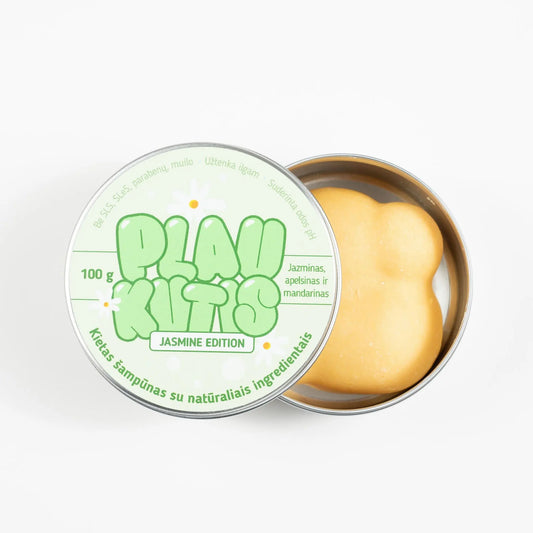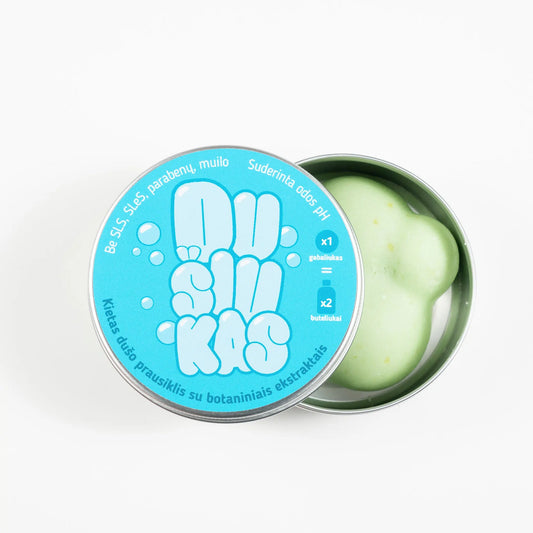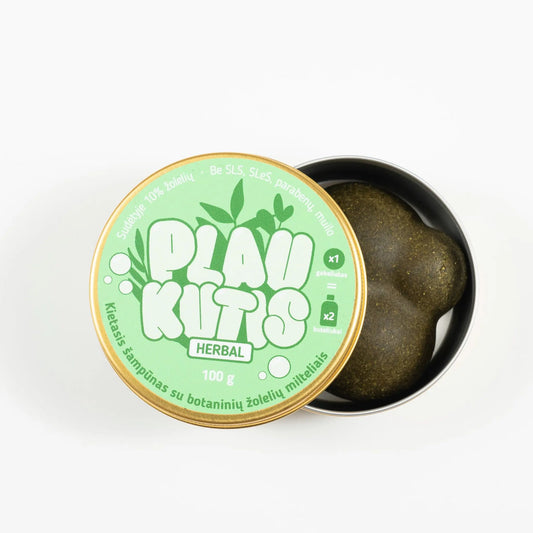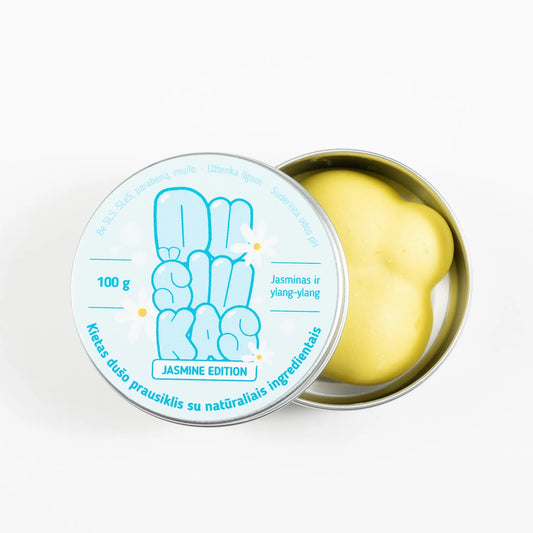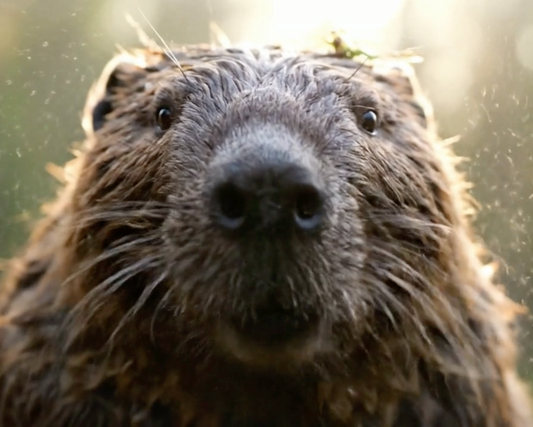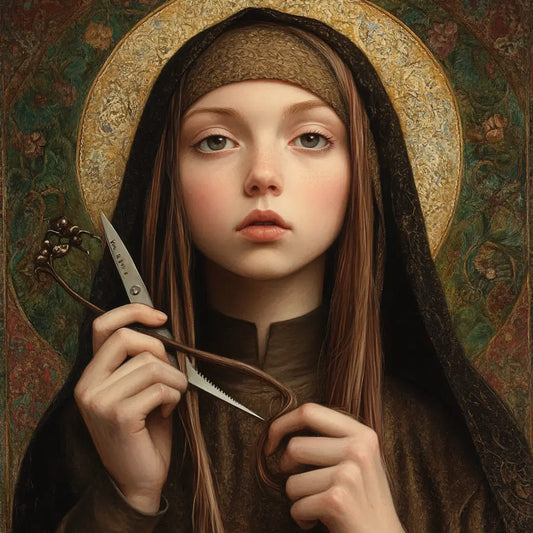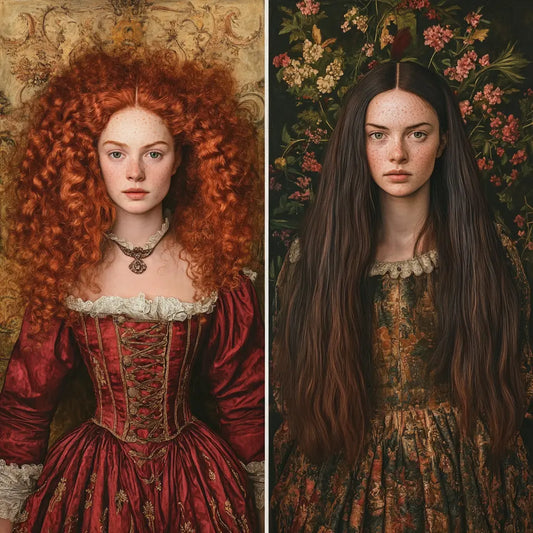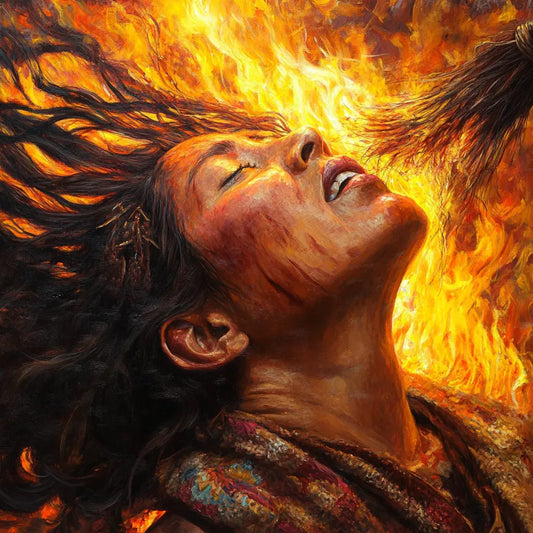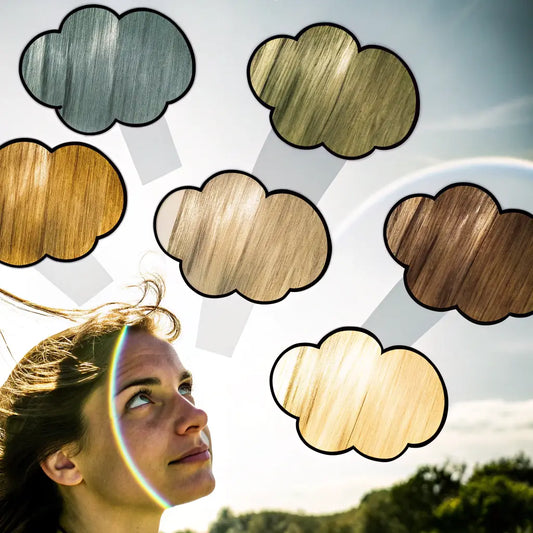You might be surprised to learn that the secret to great hair isn't just expensive shampoos or salon treatments—it's actually right on your plate. Nutrition plays a huge role in maintaining healthy hair, and iron is one of the most important nutrients that helps keep your strands strong and beautiful.
Iron is vital to the body because it helps produce hemoglobin, a protein found in red blood cells that carries oxygen to all parts of the body, including hair follicles. Hair follicles need a good supply of oxygen to stay healthy, grow, and prevent thinning. When your diet is deficient in iron, your hair is often the first to suffer, causing it to become dull, thin, or even fall out significantly. But don’t worry—by eating the right foods, you can give your hair the nutrients it needs to stay thick and vibrant.

According to the World Health Organization (WHO) , iron deficiency affects more than 30% of the world's population, making it the most common nutritional deficiency. In the United States, about 10 million people suffer from iron deficiency, of which 5 million have iron deficiency anemia. These figures show how common iron deficiency is, especially among women, who are more vulnerable due to menstruation, pregnancy, and breastfeeding.
Let's see which iron-rich foods can help improve your hair health.
Animal-based iron-rich foods for hair health
Animal foods are a great source of heme iron, which is easily absorbed by the body. Here are some of the best sources of animal-based iron to help keep your hair healthy:
- Red meat (such as beef and lamb) : Red meat is one of the richest sources of heme iron. A small serving of lean beef (about 100 grams) contains about 2.7 milligrams of iron. The heme iron found in red meat is particularly well absorbed by the body, making it a great choice for those dealing with hair loss. A study published in the American Journal of Clinical Nutrition found that women who regularly ate red meat had a 20% lower risk of hair loss compared to those who didn't.

- Chicken : Chicken, especially dark meat, is a good source of iron and is also high in protein, which is essential for building strong hair. A 100-gram serving of chicken can contain about 1.3 milligrams of iron. Chicken also contains zinc and B vitamins, which help maintain healthy hair follicles.
- Turkey : Turkey, especially the dark meat, has even more iron than chicken. It's a great choice for those looking for a versatile, lower-fat source of iron. One study found that people who added turkey to their diet increased their ferritin levels, which is important for hair growth.

- Fish : Many fish, such as tuna, salmon, and mackerel, are high in iron. A 100-gram serving of tuna can contain about 1.3 milligrams of iron. Fish also contains omega-3 fatty acids, which help nourish the scalp and improve hair health. Studies have shown that omega-3 fatty acids can reduce hair loss and promote a healthy scalp environment.

- Liver : It may not be everyone's favorite, but liver—whether it's beef, chicken, or pork—is one of the richest sources of iron. A 100-gram serving of beef liver contains a whopping 6.5 milligrams of iron. Liver is also rich in vitamin A, which promotes a healthy scalp. Interestingly, a study published in The Journal of Nutrition found that people who regularly ate liver had 30% less hair loss compared to those who didn't eat it.
Eating these iron-rich animal products can help maintain a healthy supply of oxygen to your hair follicles, keeping them strong and capable of producing effective hair growth. If you enjoy a good steak or fish dinner, your hair may thank you for it!
Plant-based iron-rich foods for hair health
For those who prefer a plant-based diet, there are still plenty of iron-rich options that can support healthy hair. Unlike heme iron found in animal sources, plant-based iron (non-heme iron) is not as easily absorbed by the body, but with a few tricks, you can increase its absorption and get the benefits you need.
Here are some of the best plant-based sources of iron:
- Spinach : Dark leafy greens like spinach are an excellent source of iron, with about 2.7 milligrams of iron per 100 grams. Spinach also contains vitamin C, which helps improve iron absorption. According to Harvard Health Publishing , regular consumption of spinach can improve ferritin levels, which are important for hair growth.

- Lentils : Lentils are a great source of non-heme iron, with about 6.6 milligrams of iron per cup. They're also rich in protein and fiber, making them a great addition to a balanced diet. Studies have shown that people who eat legumes like lentils have up to a 25% lower risk of iron deficiency.
- Chickpeas and beans : Legumes like chickpeas, black beans, and kidney beans are high in iron. One cup of cooked chickpeas contains about 4.7 milligrams of iron. They're also a great source of protein, which helps with hair growth. In fact, a study published in the Journal of Agricultural and Food Chemistry found that chickpeas can improve hair density and strength.

- Quinoa : Quinoa is a complete protein that is also high in iron. One cup of cooked quinoa contains about 2.8 milligrams of iron, making it a great choice for vegetarians and vegans. Quinoa is also rich in magnesium and zinc, which support healthy hair growth.

- Tofu : Tofu is another iron-rich plant-based option, with about 3.4 milligrams of iron per 100 grams. It's also versatile, making it easy to add to stir-fries, salads, or soups. A study in Nutrients found that people who regularly ate tofu had improved iron stores and reduced symptoms of hair thinning.

- Pumpkin Seeds : These tiny seeds are high in iron, with about 4.2 milligrams per 1-ounce serving. They're great as a snack or topping for salads. Pumpkin seeds are also high in zinc, which is essential for healthy hair follicles. Studies have shown that zinc deficiency is linked to hair loss, and including pumpkin seeds in your diet can help prevent this.
Including these plant-based sources of iron in your diet can help you meet your daily iron needs even if you don't eat meat. Plus, they're rich in other nutrients like protein, fiber, and antioxidants, which are important for overall health and well-being.
Increasing iron absorption from food
Did you know that how you combine foods can significantly affect how well your body absorbs iron? Here are some tips to increase your iron absorption, whether you eat animal or plant sources:
- Pair iron-rich foods with vitamin C : Vitamin C increases the absorption of non-heme iron found in plant-based foods. Try pairing iron sources with vitamin C-rich foods, such as citrus fruits, tomatoes, bell peppers, and broccoli. For example, add bell pepper slices to a lentil salad or eat an orange after an iron-rich meal. A study published in The Journal of Nutrition found that vitamin C can increase iron absorption by up to 67%.

- Avoid calcium with iron-rich meals : Calcium can inhibit iron absorption, so try to avoid calcium-rich foods like milk, cheese, or yogurt with iron-rich meals. Instead, eat dairy products a few hours after to ensure better iron absorption. A study published in The American Journal of Clinical Nutrition found that calcium can reduce iron absorption by up to 50%.
- Limit your tea and coffee intake : Tannins in tea and coffee can also interfere with iron absorption. Studies have shown that drinking tea with meals can reduce iron absorption by as much as 60%. If you enjoy coffee or tea, drink it an hour before or after a meal, not during it.
- Use cast iron pots and pans : Using cast iron pots and pans can increase the iron content of your food. This is especially true for acidic foods, such as tomato-based dishes, which can absorb more iron during cooking. The Journal of Food Science found that cooking in cast iron pots can increase the iron content of your food by up to five times.

- Include iron boosters : Certain foods, such as onions and garlic, can increase iron absorption. Include them in your meals to get more iron from plant-based sources.
Myth busting: interesting facts about iron and hair health
- You don't have to eat meat to get enough iron: While animal-based iron is more easily absorbed, many plant-based foods are also high in iron. Combining them with vitamin C can help improve iron absorption and meet your needs.
- Too much iron can be harmful: While getting enough iron is important for hair health, too much iron—especially from supplements—can lead to iron toxicity, which is dangerous for the liver and other organs. According to the National Institutes of Health (NIH), excess iron can cause symptoms like joint pain, fatigue, and even organ damage.
- Iron isn't the only nutrient that affects hair health: While iron is important, other nutrients like biotin, zinc, and vitamins A and D are also essential for healthy hair. A balanced diet is key. Studies have shown that deficiencies in these nutrients can lead to increased hair loss and thinning.
- Cooking with cast iron cookware really helps: Studies have shown that cooking with cast iron cookware can significantly increase the iron content of food. It's an easy way to increase your iron intake without changing your diet.
- Hair regrowth takes time: Even if your iron levels are restored, it may take several months before you see signs of hair regrowth. Hair grows slowly, so it's important to be patient. According to the American Academy of Dermatology, hair grows about half an inch per month, so you may not see any improvement until three to six months later.

Practical tips on how to increase iron levels for healthy hair
- Eat a varied combination of iron-rich foods: Combine animal and plant sources of iron to ensure you get enough iron to support hair health.
- Add vitamin C to your meals: Remember to combine iron-rich foods with sources of vitamin C, such as citrus fruits, peppers, or tomatoes, to improve absorption.
- Be careful with inhibitors: Avoid consuming calcium-rich foods, tea, or coffee with iron-rich meals to ensure better absorption.
- Consult a doctor: If you are concerned about your iron levels or are experiencing hair loss, consult a healthcare professional. They may recommend testing or supplementation if necessary.
- Be patient: Hair growth takes time, so be consistent with your diet and give your body the nutrients it needs for healthy hair.

FAQs about dietary iron and hair health
- How much iron do you need daily for healthy hair? Most adult women need about 18 mg of iron per day, and pregnant women may need up to 27 mg. Talk to your healthcare provider to determine your specific needs.
- Can a vegetarian diet provide enough iron for healthy hair? Absolutely! There are many plant-based sources of iron, such as lentils, beans, spinach, and quinoa. Combining them with foods rich in vitamin C can help improve absorption.
- How long does it take to see improvements in my hair after increasing my iron intake? Hair growth is a slow process, so it may take three to six months before you see significant hair growth after correcting your iron deficiency.
- Should I take iron supplements for hair growth? Only take iron supplements if recommended by your healthcare professional. Too much iron can cause health problems.
- Does cooking with cast iron really help increase iron levels? Yes, cooking with cast iron can increase the iron content of your food, especially when you are preparing acidic foods.

Conclusion: Improving Hair Health with Iron-Rich Foods
Iron plays an important role in supporting hair growth and preventing hair thinning. By including a mix of animal and plant-based iron-rich foods in your diet and following a few simple tips to improve iron absorption, you can improve the strength, thickness, and overall health of your hair. Whether you enjoy a juicy steak or a hearty lentil stew, there are plenty of ways to ensure your body is getting the iron it needs.
Healthy hair starts from the inside out, and with patience and proper nutrition, you can help your hair grow strong and beautiful. Remember to be consistent, pair iron-rich foods with vitamin C , and consult a healthcare professional if you have any concerns about your iron levels or hair health. Your hair is a reflection of your overall well-being—give it the care it deserves, starting with what’s on your plate.
